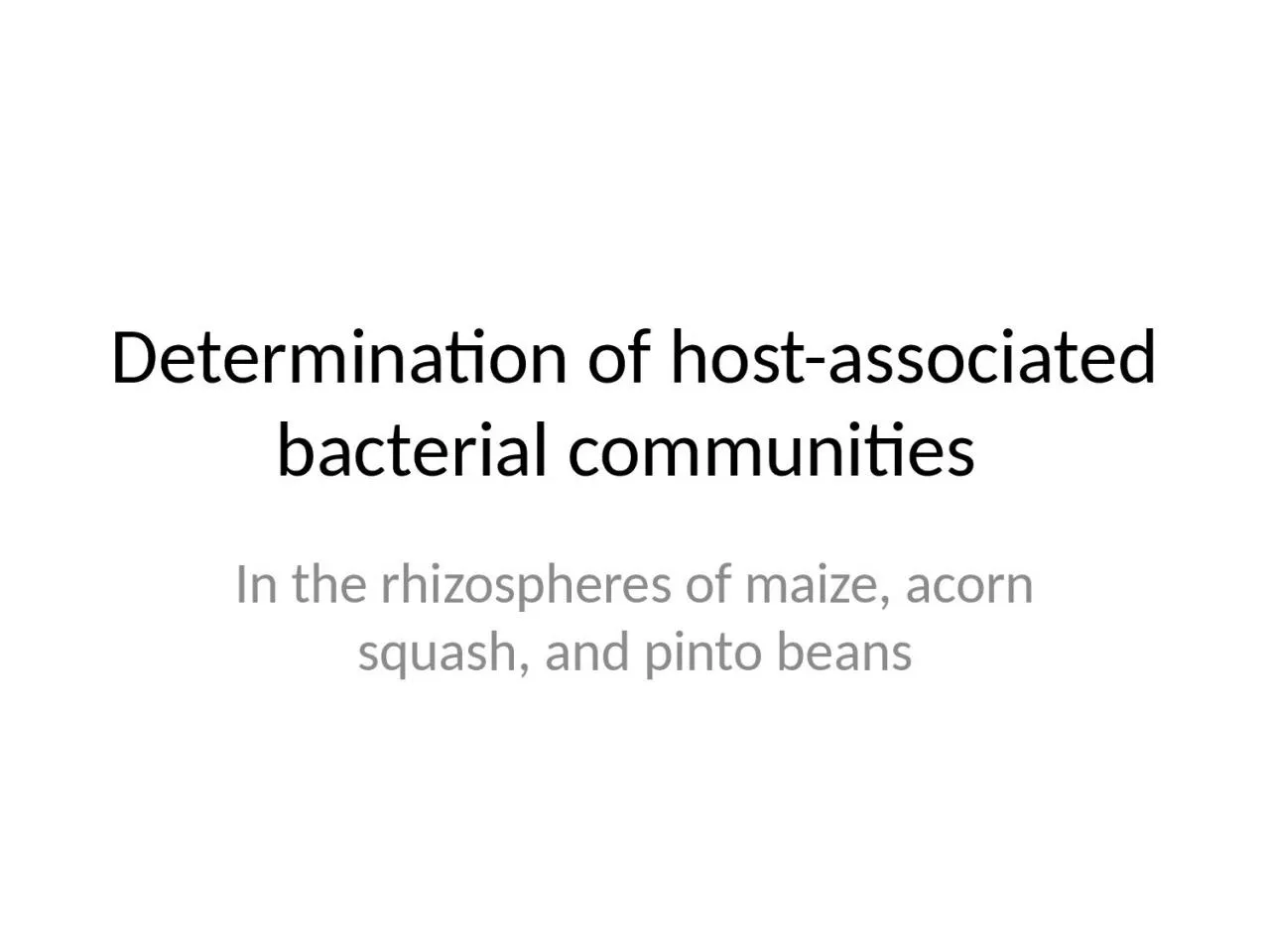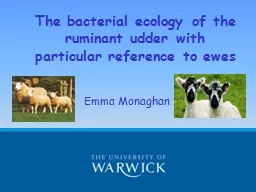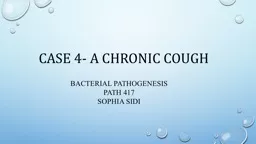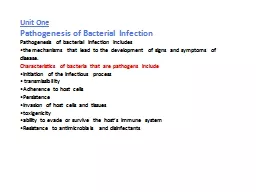PPT-Determination of host-associated bacterial communities
Author : ida | Published Date : 2024-03-13
In the rhizospheres of maize acorn squash and pinto beans Hostassociated microbial communities Eukaryotes play host to large and complex microbial communities In
Presentation Embed Code
Download Presentation
Download Presentation The PPT/PDF document "Determination of host-associated bacteri..." is the property of its rightful owner. Permission is granted to download and print the materials on this website for personal, non-commercial use only, and to display it on your personal computer provided you do not modify the materials and that you retain all copyright notices contained in the materials. By downloading content from our website, you accept the terms of this agreement.
Determination of host-associated bacterial communities: Transcript
Download Rules Of Document
"Determination of host-associated bacterial communities"The content belongs to its owner. You may download and print it for personal use, without modification, and keep all copyright notices. By downloading, you agree to these terms.
Related Documents














